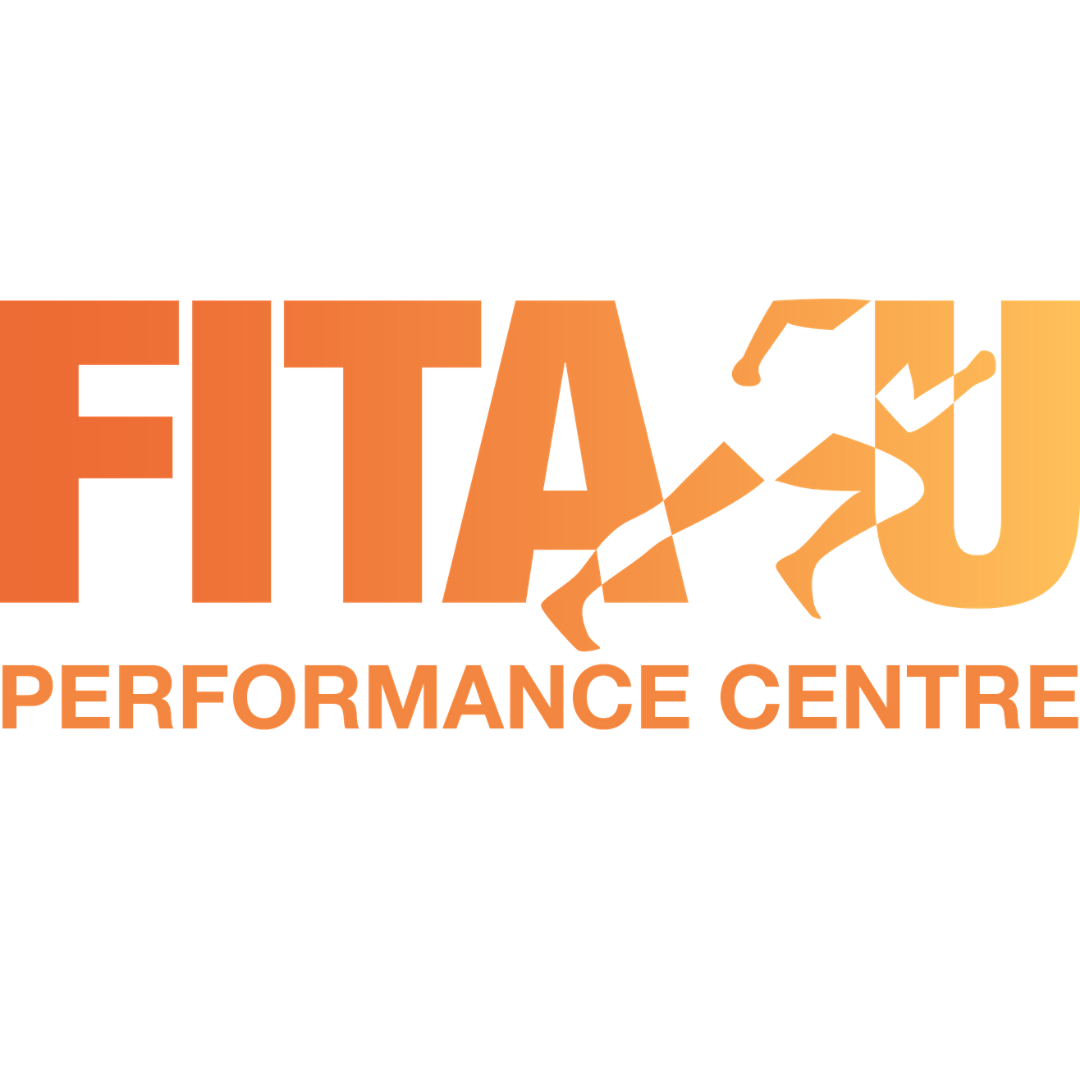Your Results: How The Magic Actually Happens!
One of the most common misconceptions that we see when is looking to change their body shape is assuming that performing training sessions alone will be enough to create change. Yes going to the gym or performing training sessions is part of the big picture and will definitely help you to achieve your goals, but it only makes up one component of your Total Daily Energy Expenditure. To give you a better idea we have created a graph to show you what makes up your TDEE, which is essentially the amount of energy/calories you burn per day.
If your priority/goal is lose body fat then you would need to burn more energy/calories than your consuming aka. food each day. If your priority/goal is to increase your muscle mass you need to be burn less energy/calories than you are consuming to help you achieve this goal. It is calculated based by taking into account a persons age, physical characteristics eg. weight, lean mass, fat mass.
As you can see a large component is based on your Basal Metabolic Rate aka. Metabolism which is the number of calories required to keep your body functioning at rest. This will improve or increase when your body fat decreases or your muscle mass increases by consistently performing quality strength training and having your nutrition and recovery in check.
The next largest component is your Incidental Activity aka. Non-exercise activity thermogenesis (NEAT) is the energy expended for everything we do that is not sleeping, eating or sports-like exercise. It ranges from the energy expended walking to work, typing, performing yard work etc. This is often over looked when it comes to either wanting to lose body fat/weight or increase your muscle mass as it can either be the determining factor between either burning or not burning enough energy each day. When it comes to NEAT and losing body fat, one of the best guidelines to follow is by getting the good ol’ fashion 10,000 steps each day. This could be achieved by:
•Starting and ending your day with a 20-25 min walk
•Walking while taking a work phone call
•Take the stairs instead of the elevator
The next component is your Training eg. HIIT, weights/resistance session. This is the component that a lot of people think will magically help them achieve their goals by just doing this or that the number of calories/energy burnt in their training sessions is the most important factor. Unfortunately these are both false. Training or exercise should be seen journey of consistent improvement and as a celebration of what you can do, not a form of punishment. By constantly chasing the burn or high energy output sessions, you will not only be constantly feeling exhausted but it also places a lot to stress on your body aka. cortisol levels increase, as well as creating a ‘carte blanche’ effect aka. I burnt X calories, I quantify this food. It is also not sustainable long term for an everyday person.
The final component is Thermo aka. Thermic Effect of Food TEF. This is how much your body burns when digesting your food and accounts for about 10% of your energy expenditure eg. If your TDEE is 2200 calories, approx. 220 calories comes from the thermo effect of the foods eaten. Protein is has the highest thermic effect as it required a lot more energy to break it down which is why we recommend (see below Seminar) to incorporate it into every meal. Other green vegetables such as cabbage, zucchini, kale, lettuce and spinach are also effective as they are high-fibre and low calorie. They have a thermic effect due to the fact that the body uses energy when attempting to digest their indigestible compounds.
We hope this gives you a better understanding of what makes up your total daily energy expenditure and how each component plays a role in helping you to achieve your goals. If you have any questions or need some help/direction on this, simply book in a Breakthrough Call with us via the button below.
Yours in health & fitness,
Ashley Carucci
Director & Head Coach

